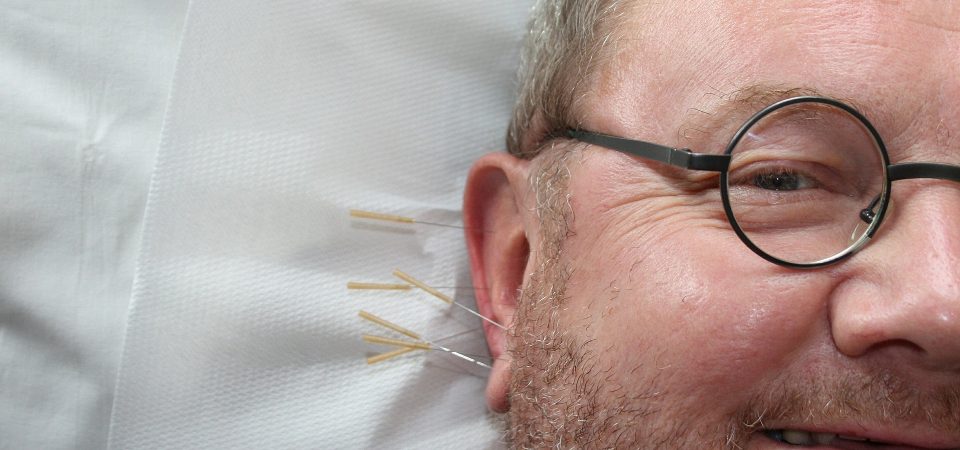Polyclinic Rehabilitation Institute has expanded our services to include myofascial trigger point dry needing or intramuscular manual therapy (IMT). Although IMT utilizes a solid monofilament needle, it is important to note that IMT is not acupuncture. IMT is an advanced technique based on the Western medical model.
IMT is a useful technique to decrease acute and chronic pain and facilitate the use of other physical therapy interventions, such as therapeutic exercise.
Myofascial trigger points are taut bands in skeletal muscle and fascia. Janet Travell, MD identified myofascial trigger points as being a source of referred pain. For example, sustained pressure to the trigger points in the upper trapezius muscle can elicit pain in the head, neck, and shoulder. Some people suffering from myofascial trigger points develop allodynia (painful response to a non-painful stimulus) and hyperalgesia (increased pain response). IMT is a useful technique to decrease acute and chronic pain and facilitate the use of other physical therapy interventions, such as therapeutic exercise.
IMT involves inserting a needle directly into the involved myofascial trigger points. A local twitch response occurs during IMT that increases the relaxation of the involved musculature. The patient may feel a sensation in the areas where their pain often radiates. As the patient’s soft tissue becomes more mobile, referred pain from the associated trigger point decreases or is eliminated altogether. Following IMS, soreness typically lasts a few hours to a few days.
Research has shown that IMT is an effective technique for decreasing pain and increasing function in patient populations such as cervical and lumbar radiculopathy due to herniated discs, osteoarthritis, temporomandibular disorder, fibromyalgia, whiplash, headache, and a host of other neuromusculoskeletal disorders.

